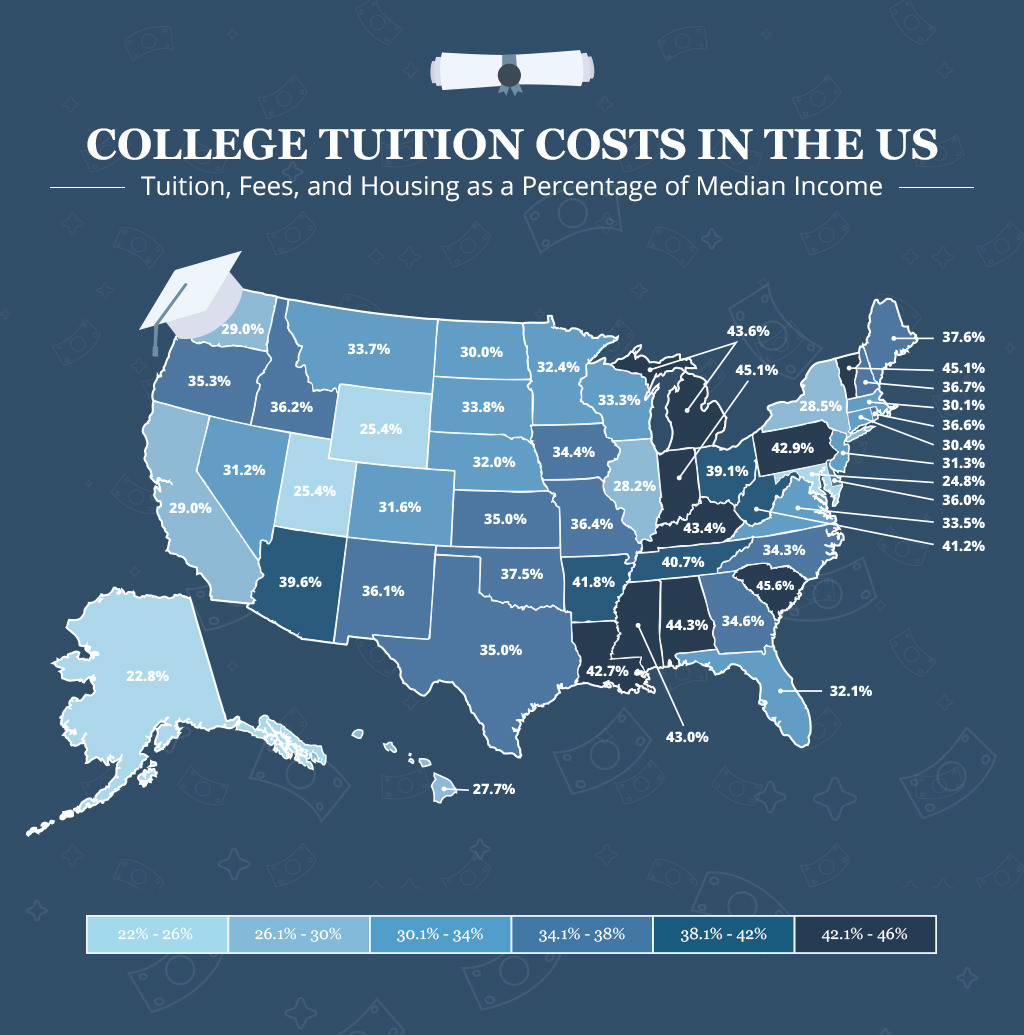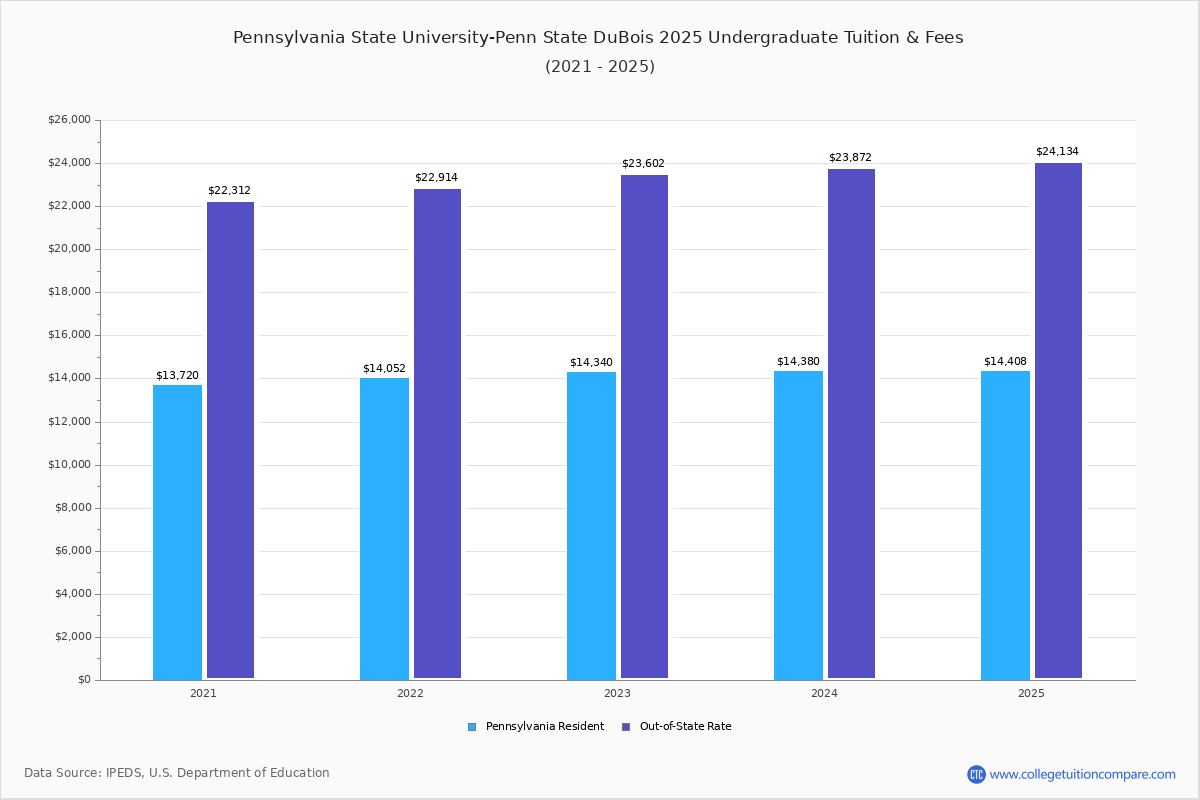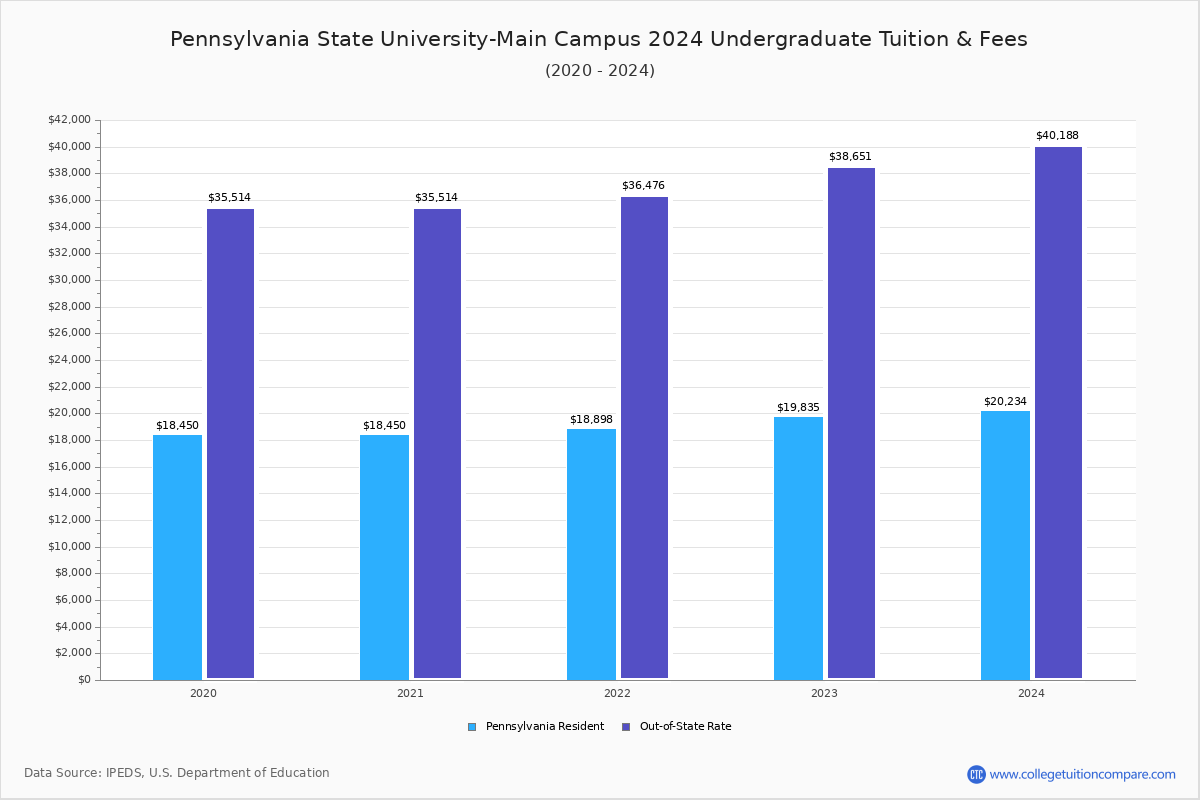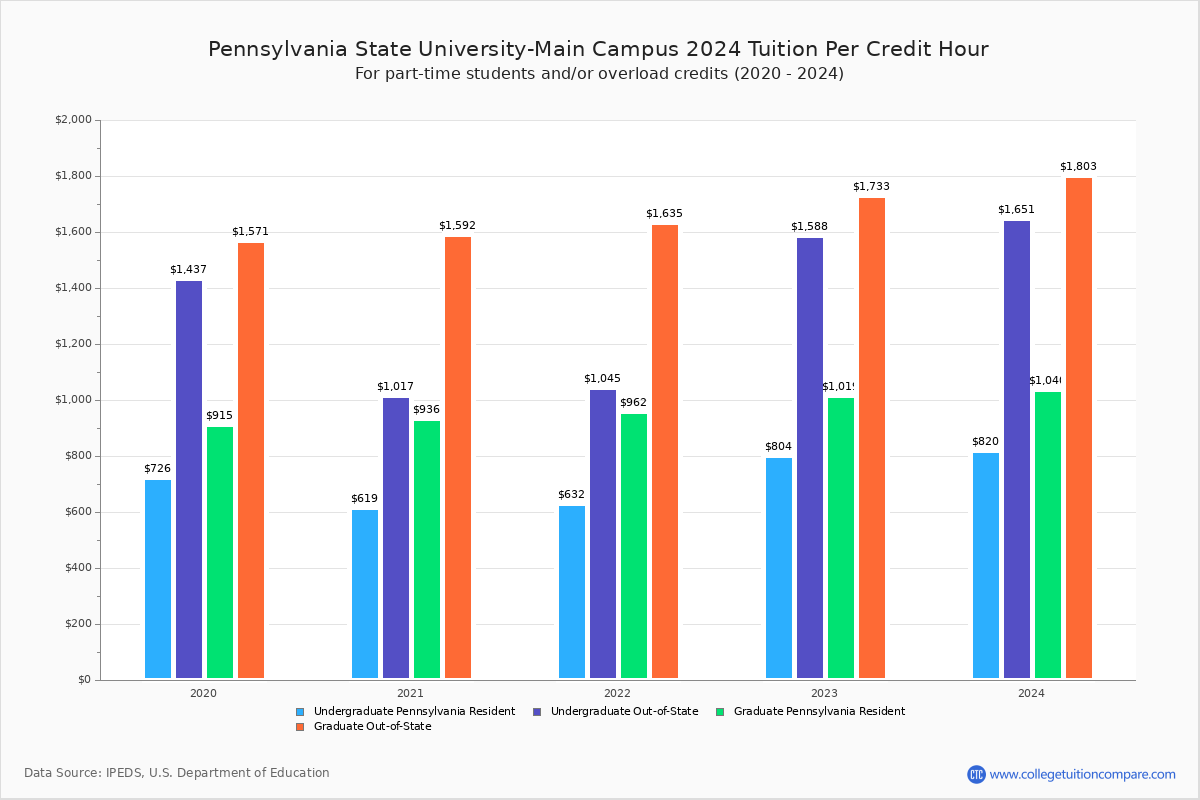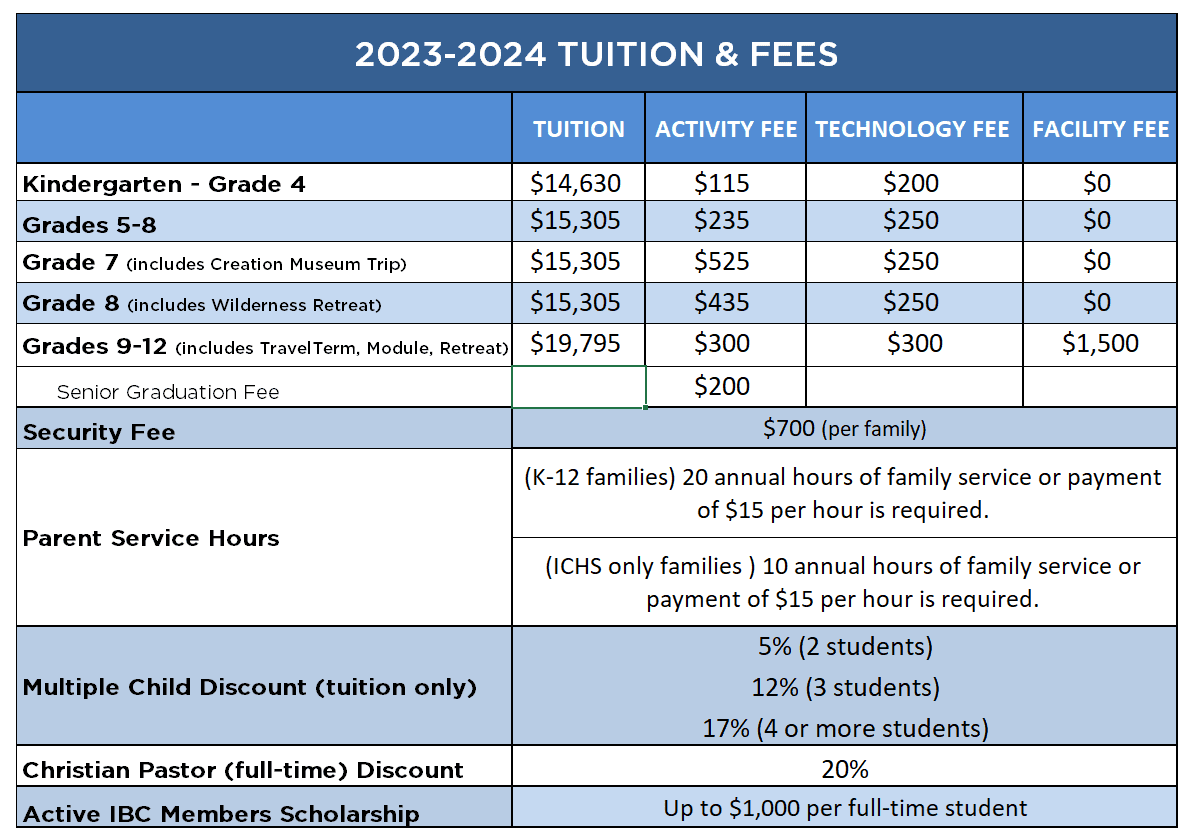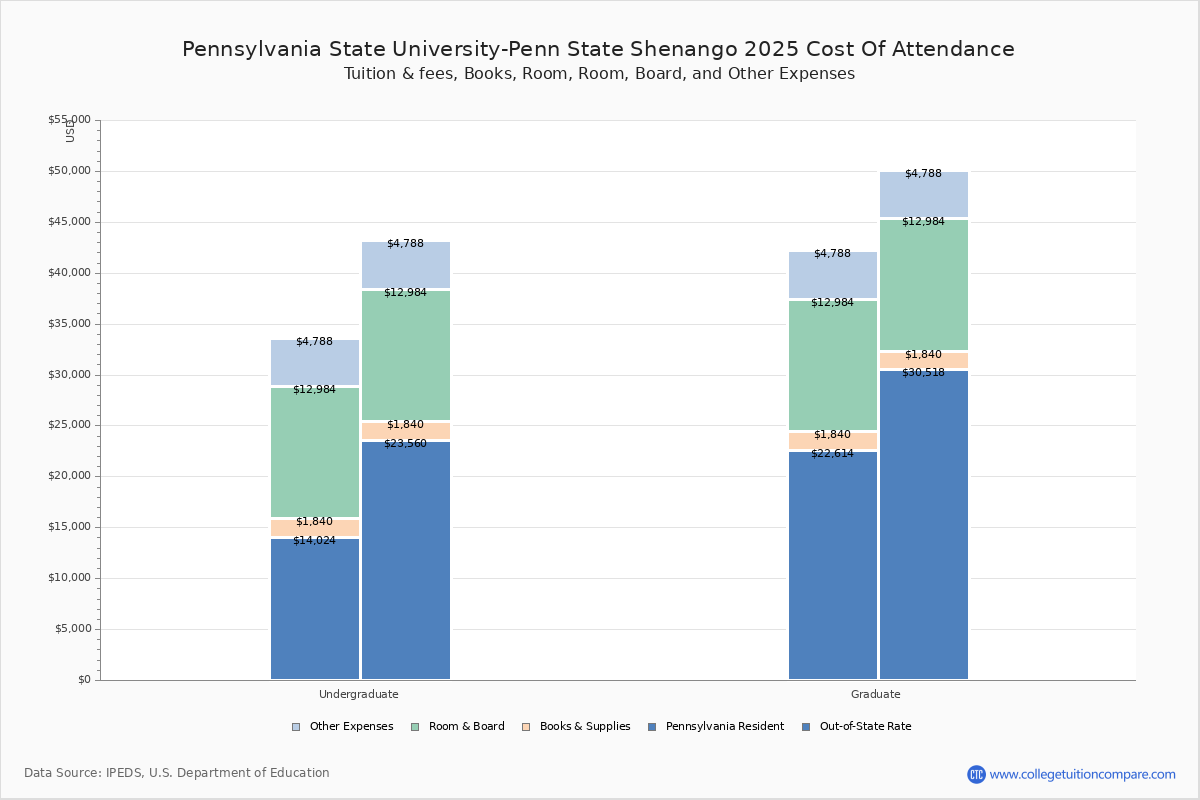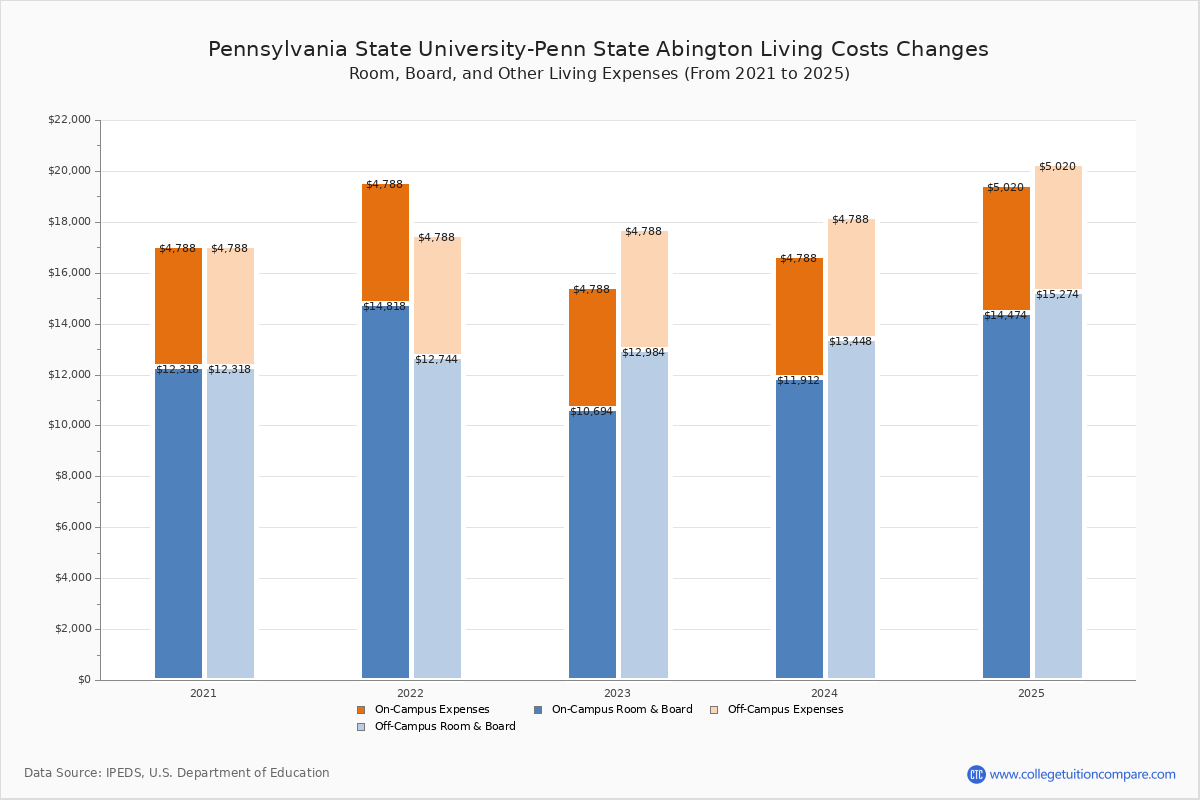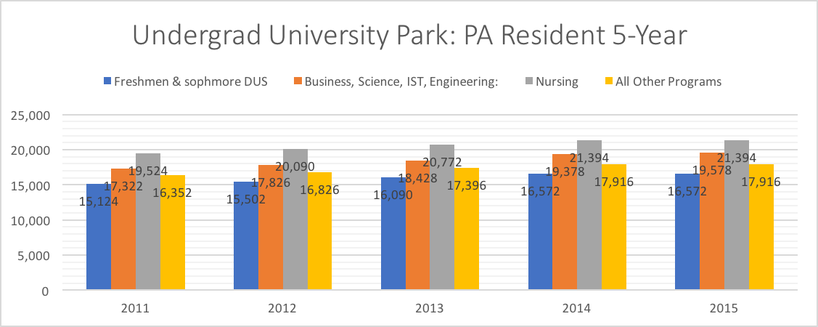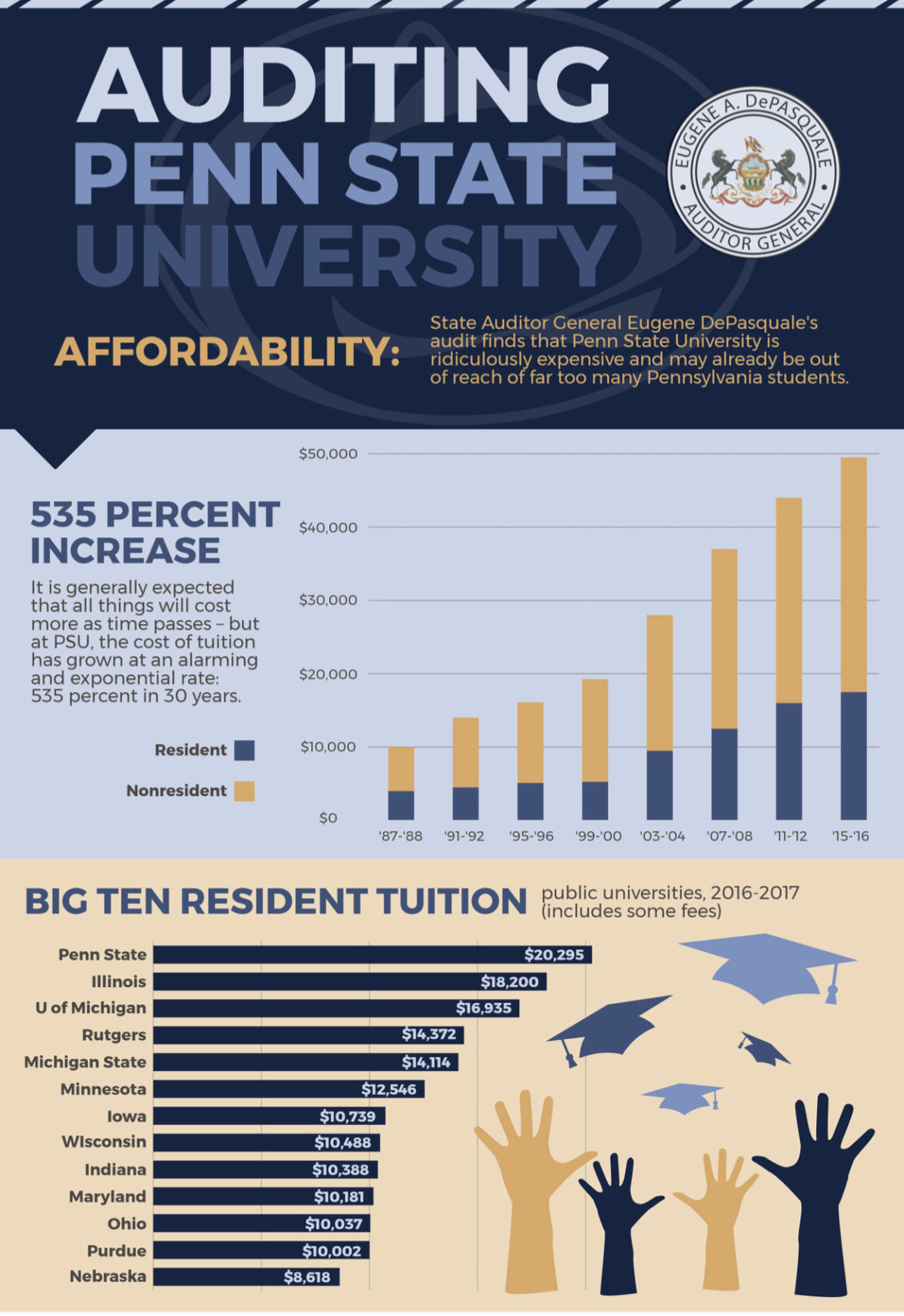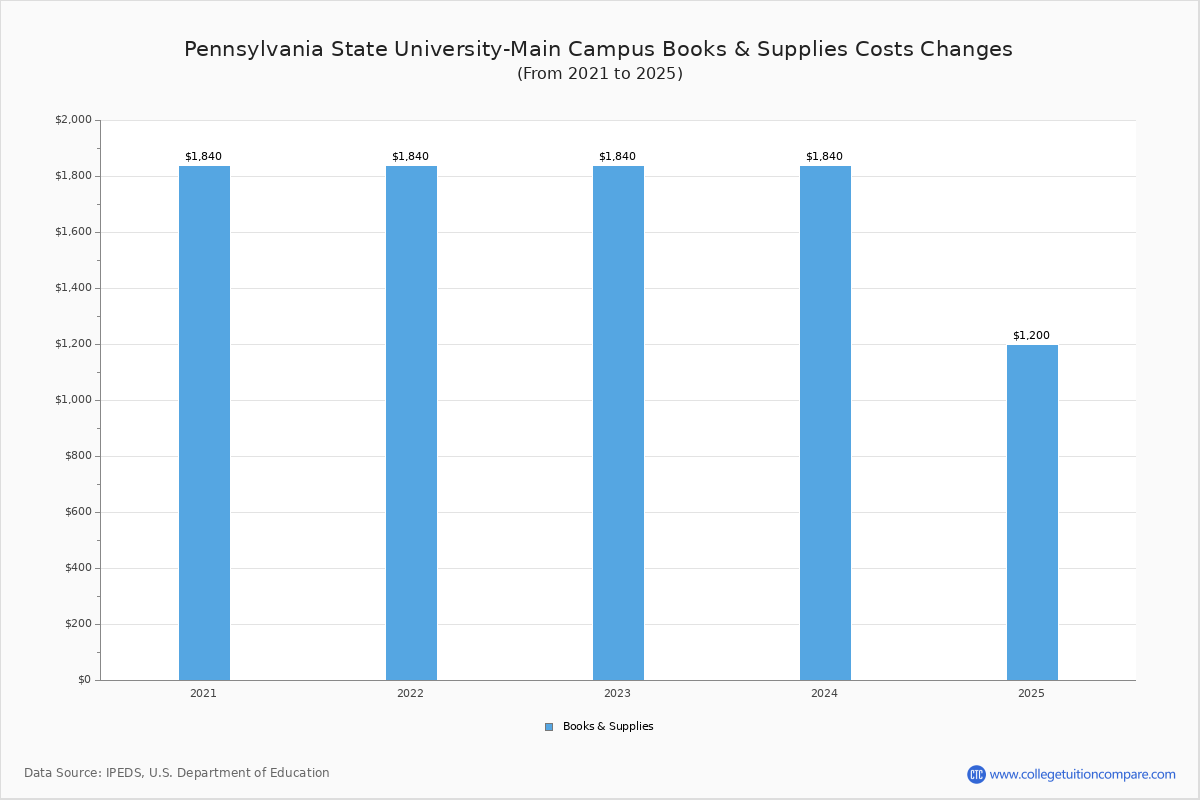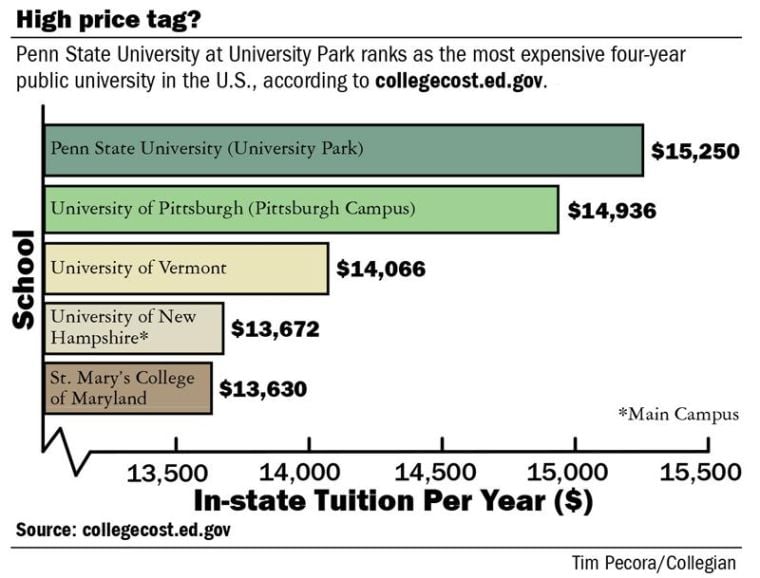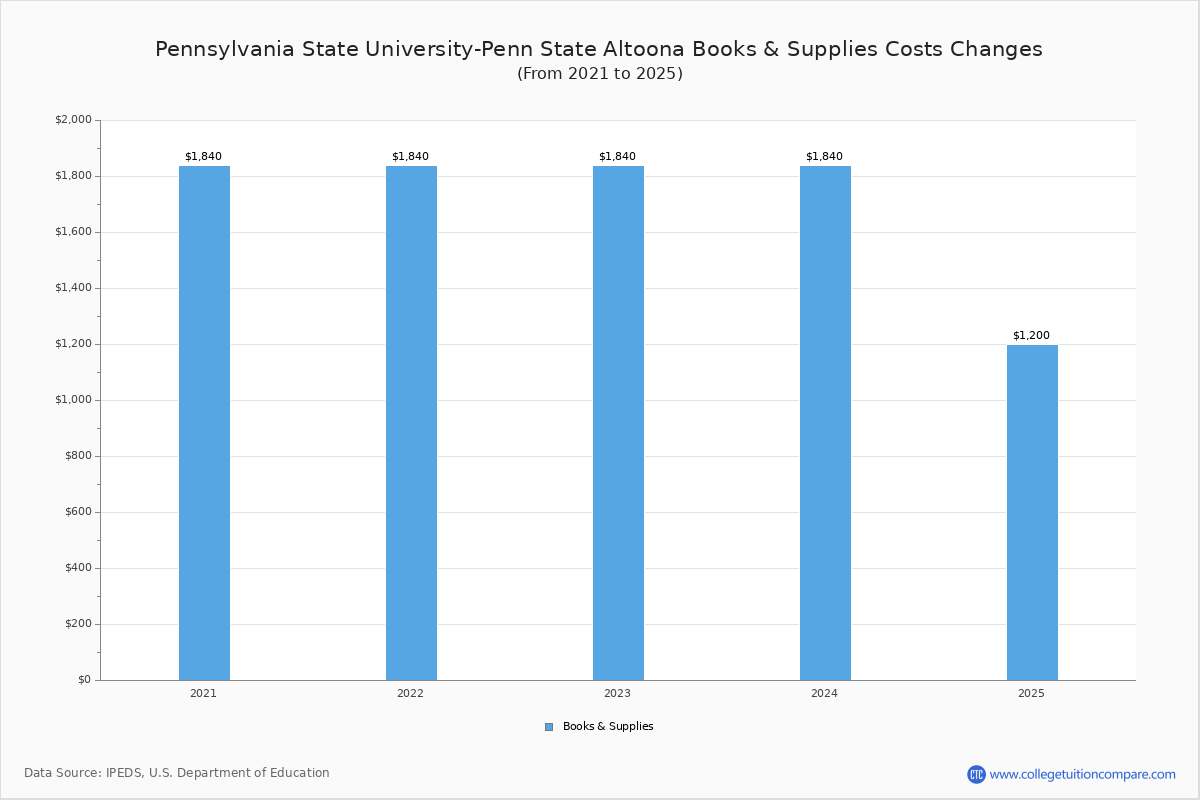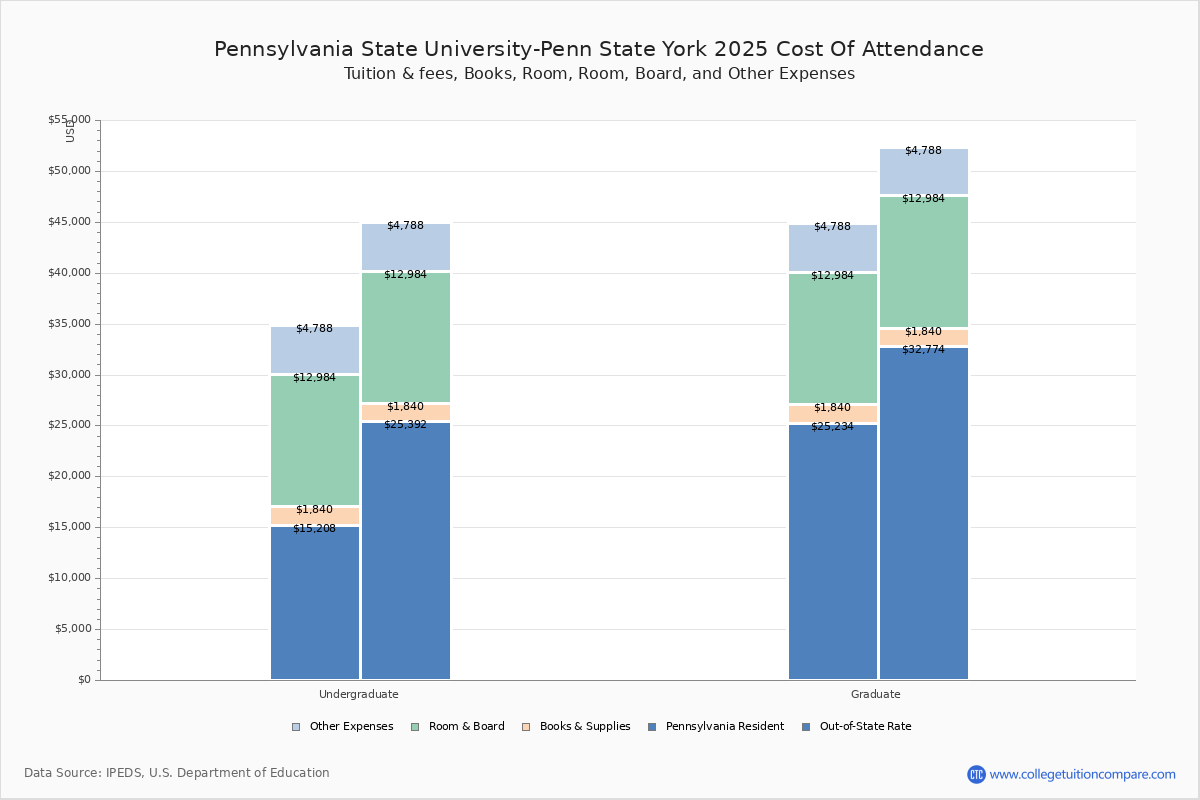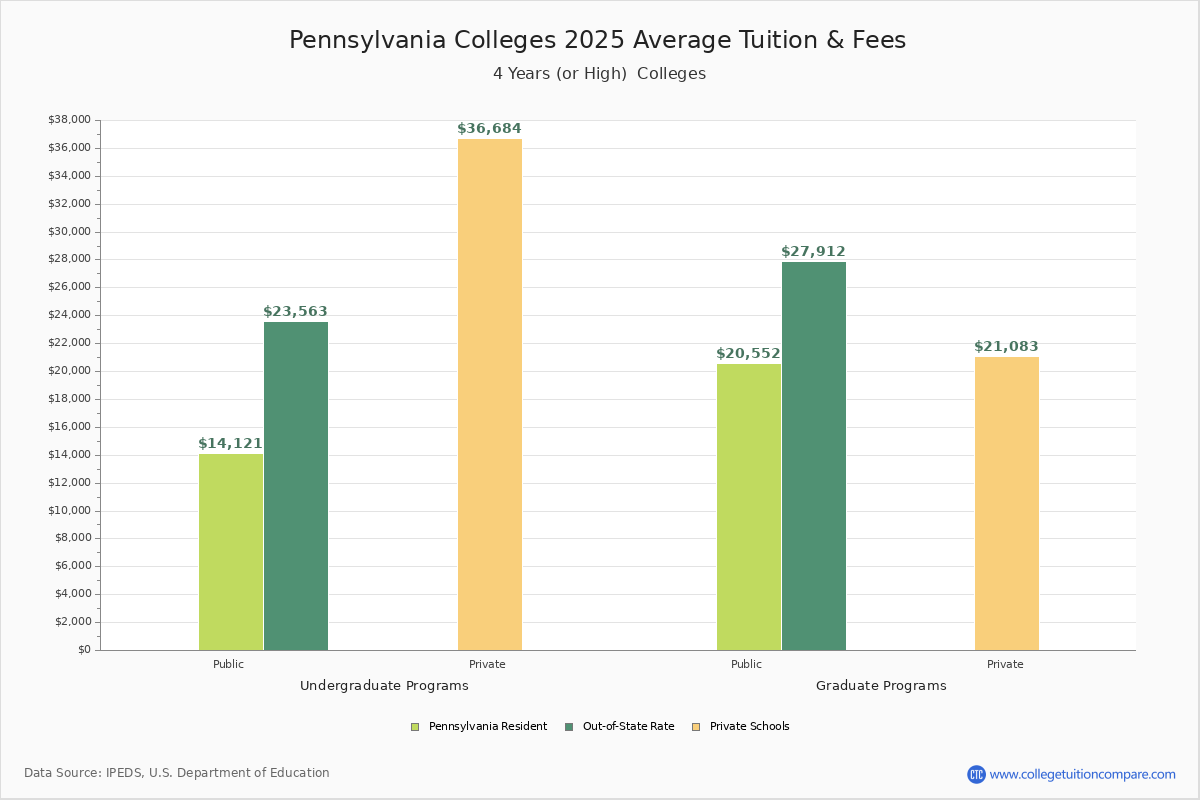How Much Is Penn State University Tuition
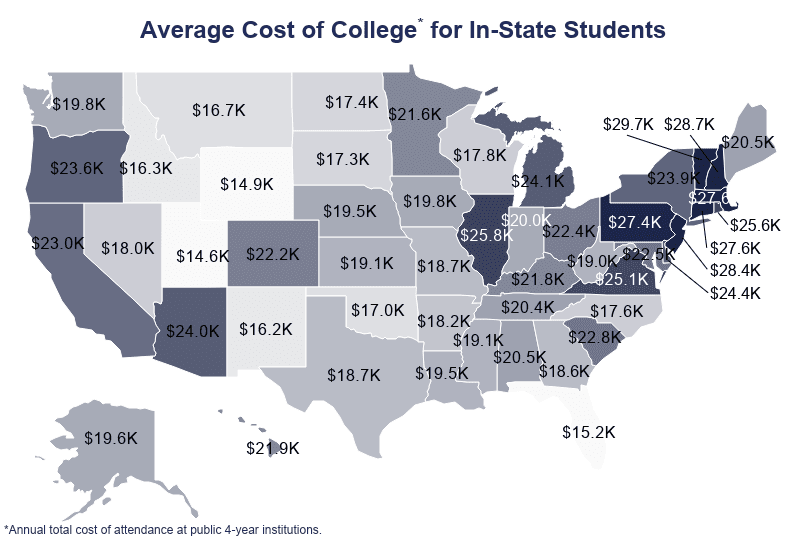
The cost of attending Penn State University continues to be a significant concern for students and their families. Understanding the complexities of tuition and fees is crucial for prospective and current students planning their academic future.
This article breaks down the latest tuition figures for Penn State, exploring variations based on campus location, residency status, and academic program, providing a comprehensive overview of the financial landscape.
Tuition Rates: A Detailed Breakdown
Penn State's tuition structure is multifaceted, with costs varying depending on several key factors.
The most significant determinant is residency status. In-state students, Pennsylvania residents, benefit from significantly lower tuition rates compared to their out-of-state counterparts.
In-State Tuition
For the 2023-2024 academic year, the base tuition for full-time undergraduate students who are Pennsylvania residents at the University Park campus is approximately $19,878.
This figure represents only the base tuition; additional mandatory fees, such as the student activity fee and technology fee, can add several thousand dollars to the overall cost.
At the Commonwealth campuses, the in-state tuition rates are typically lower than at University Park, offering a more affordable option for students.
Out-of-State Tuition
Non-resident undergraduate students face considerably higher tuition fees. For the same academic year, the base tuition for out-of-state students at University Park hovers around $38,518.
Similar to in-state students, this amount does not include mandatory fees, which can further increase the total cost of attendance.
The differential between in-state and out-of-state tuition reflects the university's commitment to serving Pennsylvania residents.
Program-Specific Tuition
Certain academic programs may also carry higher tuition rates due to their specialized nature and resource intensity.
For example, programs within the Smeal College of Business or the College of Engineering often have higher tuition rates than programs in the College of Liberal Arts.
Students pursuing graduate studies typically face different tuition rates than undergraduate students, with costs varying by program and degree level.
Mandatory Fees
Beyond tuition, students are required to pay mandatory fees, which contribute to various university services and resources.
These fees typically cover areas such as student activities, technology infrastructure, and health services.
The exact amount of mandatory fees can vary slightly from year to year but typically adds several thousand dollars to the overall cost of attendance.
Financial Aid and Scholarships
Recognizing the financial burden of higher education, Penn State offers a range of financial aid options to assist students in managing the cost of attendance.
These options include need-based grants, merit-based scholarships, federal student loans, and work-study opportunities.
The university encourages students to complete the Free Application for Federal Student Aid (FAFSA) to determine their eligibility for financial aid.
"We are committed to providing access to a high-quality education for all qualified students, regardless of their financial background," said a Penn State spokesperson.
Many external scholarship opportunities are also available from various organizations and foundations.
Impact and Future Outlook
The rising cost of tuition remains a pressing issue for students and families nationwide. Penn State, like many other universities, faces the challenge of balancing affordability with the need to maintain academic quality and invest in infrastructure.
Understanding the specific tuition rates and financial aid options available is crucial for students to make informed decisions about their education.
Prospective students are encouraged to visit the Penn State Office of Student Aid website for the most up-to-date information and resources.
